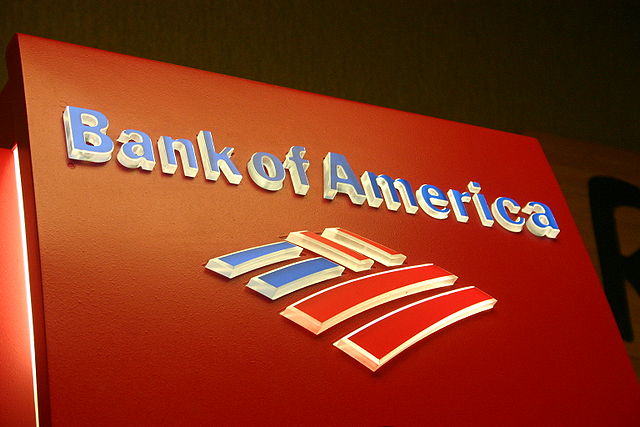Housing
Bank of America Agrees to $10 Billion Deal with Fannie Mae
Published:
Last Updated:

Bank of America CEO Brian Moynihan noted that paying the $10 billion will streamline and simplify the bank and reduce expenses over time. Shareholders certainly hope so — $10 billion is real money.
Under the terms of the deal, the bank will pay Fannie Mae $3.6 billion in cash and repurchase $6.75 billion of residential mortgage loans the bank sold to Fannie. The bank will pay for the settlement with existing reserves and a pretax charge of another $2.5 billion that will be recorded in the fourth quarter of 2012. Bank of America will also pay $260 million in compensatory fees to Fannie Mae. Bank of America said the total damage to its pretax income would be about $2.7 billion in the fourth quarter of 2012.
The agreement covers loans with an aggregate original principal balance of about $1.4 trillion and an aggregate outstanding principal balance of about $300 billion. Unresolved claims from Fannie Mae totaled $11.2 billion at the end of September and today’s announced agreement extinguishes all those claims.
Bank of America has also sold servicing rights to some $306 billion in residential mortgage loans, which includes about 2 million loans, of which 232,000 are delinquent by 60 days or more.
The bank noted that after all the charges it “expects earnings per share to be modestly positive in the fourth quarter of 2012.” The current estimate from Thomson Reuters calls for fourth quarter EPS of $0.19, certainly modest, but modest enough?
Investors like the certainty that the agreement brings for shareholders. Shares of Bank of America are up 1.3% in premarket trading this morning at $12.37, a new 52-week high if it holds. The current 52-week range is $6.06 to $12.15.
Retirement planning doesn’t have to feel overwhelming. The key is finding professional guidance—and we’ve made it easier than ever for you to connect with the right financial advisor for your unique needs.
Here’s how it works:
1️ Answer a Few Simple Questions
Tell us a bit about your goals and preferences—it only takes a few minutes!
2️ Get Your Top Advisor Matches
This tool matches you with qualified advisors who specialize in helping people like you achieve financial success.
3️ Choose Your Best Fit
Review their profiles, schedule an introductory meeting, and select the advisor who feels right for you.
Why wait? Start building the retirement you’ve always dreamed of. Click here to get started today!
Thank you for reading! Have some feedback for us?
Contact the 24/7 Wall St. editorial team.